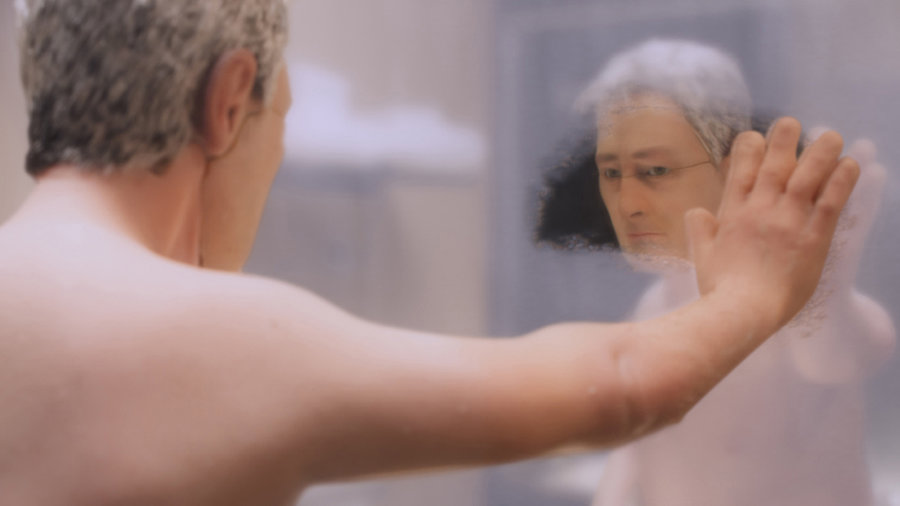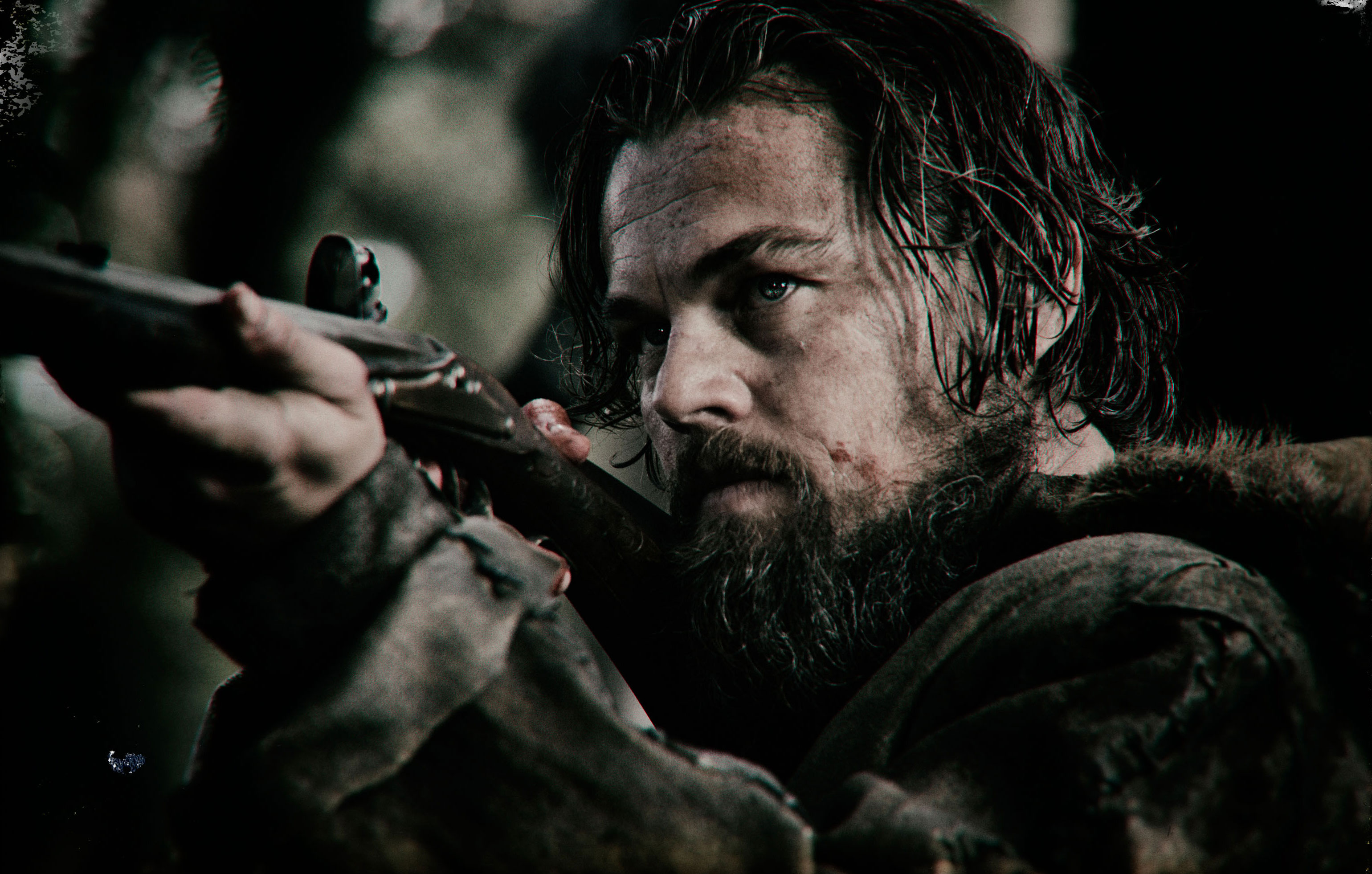Faust
Runs Fri., Jan. 10–Thurs., Jan. 16 at Northwest Film Forum. Not rated. 135 minutes.
For a movie called Faust, director Alexander Sokurov takes his sweet time getting to the money shot. The film is at least three-quarters done by the time Faust—here a philosophical surgeon in a grubby, early-19th-century German village—gets around to signing away his soul to the devil. But this is only one of the many variations the Russian filmmaker has played on the famous tale, a delirious and destabilizing version that took the top prize at the 2011 Venice Film Festival.
After a wild special-effects shot that descends from the heavens (a flight through the clouds that perhaps pays homage to a similar sequence in F.W. Murnau’s great silent Faust from 1926), we meet Faust (Johannes Zeiler) in the middle of an autopsy. Carving up a distinctly unappetizing specimen and once again failing to find the soul located in any of the organs that flop from the corpse, Faust stomps off in a discouraged snit. Much of the rest of the movie springs from his encounter with a moneylender named Muller (Anton Adasinsky), whose ability to taunt and tempt Faust marks him as the movie’s Mephistopheles character, even if he’s never blatantly outed as the devil. Sokurov follows these two around as they navigate the crumbling, muddy town, a place that occasionally emerges in warped, slanted angles or blurry visions—cinematographer Bruno Delbonnel, whose talent is currently on display in Inside Llewyn Davis, must’ve gotten overtime pay for keeping up with Sokurov’s busy ideas.
Sokurov is a filmmaker of international renown who occasionally hits greatness (Mother and Son, or his single-take cruise through the Hermitage, Russian Ark). He has said that Faust is the final film in a tetralogy about power, preceded by studies of real-life figures—Hitler (Moloch), Lenin (Taurus), and Hirohito (The Sun). Those films were stately, slow, very Russian. Maybe Sokurov got a little gassed on the witchy German mythology of Faust, because this movie is wildly different. It almost feels like 1970s-era Werner Herzog, all earthy humor and bizarre digressions; it hardly surprises us by the time Faust and Muller go for a dip at a public bathhouse and the latter is revealed to have a small tail (or something) located in his backside. Zeiler even looks a little like Bruno S., Herzog’s eccentric leading man of the ’70s.
None of which really unlocks the mystery of this Faust, although the film is a crazy fever-dream to sit through. Recommendation or warning? You decide. But it is funnier than expected, and a new wrinkle even for students of the Faust legend.
film@seattleweekly.com







